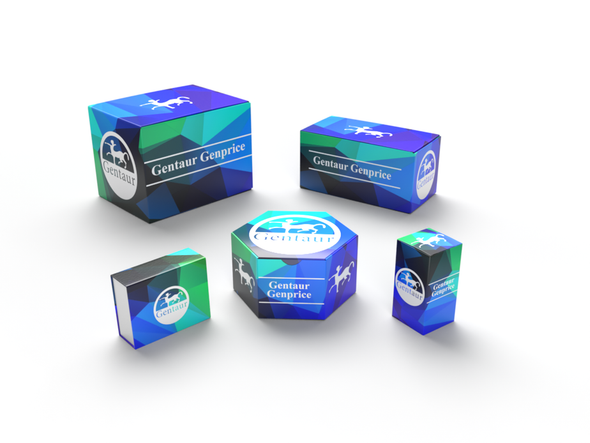Description
ALK (phospho Tyr1096) Antibody | 79-840 | Gentaur UK, US & Europe Distribution
Host: Rabbit
Reactivity: Human, Mouse
Homology: N/A
Immunogen: ALK (phospho Tyr1096) antibody was raised against a peptide sequence around phosphorylation site of tyrosine 1096 (P-N-Y (p) -C-F) derived from Human ALK.
Research Area: Phospho-Specific
Tested Application: IHC
Application: N/A
Specificiy: The antibody detects endogenous levels of ALK only when phosphorylated at tyrosine 1096.
Positive Control 1: N/A
Positive Control 2: N/A
Positive Control 3: N/A
Positive Control 4: N/A
Positive Control 5: N/A
Positive Control 6: N/A
Molecular Weight: 176 kDa
Validation: N/A
Isoform: N/A
Purification: Antibodies were purified by affinity-chromatography using epitope-specific peptide.
Clonality: Polyclonal
Clone: N/A
Isotype: IgG
Conjugate: Unconjugated
Physical State: Liquid
Buffer: Antibody supplied in phosphate buffered saline (without Mg2+ and Ca2+) , pH 7.4, 150mM NaCl, 0.02% sodium azide and 50% glycerol.
Concentration: 1 mg/mL
Storage Condition: Store antibody at -20˚C for up to one year.
Alternate Name: ALK tyrosine kinase receptor, anaplastic lymphoma kinase, anaplastic lymphoma kinase (Ki-1) , CD246; EC 2.7.10.1, kinase ALK
User Note: N/A
BACKGROUND: The 2;5 chromosomal translocation is frequently associated with anaplastic large cell lymphomas (ALCLs) . The translocation creates a fusion gene consisting of the ALK (anaplastic lymphoma kinase) gene and the nucleophosmin (NPM) gene: the 3' half of ALK, derived from chromosome 2, is fused to the 5' portion of NPM from chromosome 5. A recent study shows that the product of the NPM-ALK fusion gene is oncogenic. The deduced amino acid sequences reveal that ALK is a novel receptor protein-tyrosine kinase having a putative transmembrane domain and an extracellular domain.






